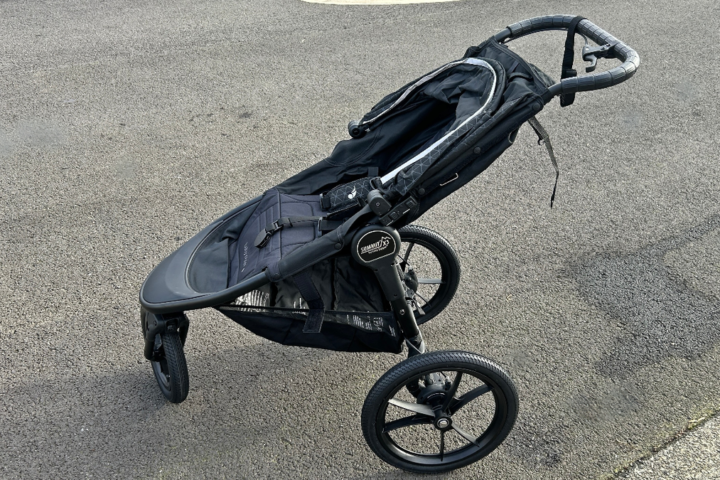Being a climate correspondent comes with a certain degree of moral conflict. I write about the deleterious impact of fossil fuel emissions, then I fly to Georgia to report on how rising temperatures are impacting outdoor laborers. I extoll the virtues of heat pumps, but my rented apartment is heated by a gas-fed boiler. I can recite meat’s share of global greenhouse gas emissions by rote (14.5%), but every once in a while I’m tempted by filet mignon on a restaurant menu. Giving up cheese is a non-starter.
More from TIME
I do choose the sustainable option when I can: When I moved to Rome for my new job two years ago, I dumped my dryer, bought an electric car, and decided to forgo installing an air conditioner. But a few weeks ago, temperatures hit 98°F, with 60% humidity. Nights were too hot for sleep, and during the day it was too hot to type in my work-from-home office. As someone who reads 10, 20, and 30-year temperature projections like other people listen to the weather report, I knew it was just the beginning. A few days later I caved and called an AC technician to install an energy guzzling split AC unit, making me feel a little bit like a hypocrite. So I started looking around to see what else might be cut out of my carbon consumption to mitigate my new AC. I didn’t have to look hard: my gas stove sits about four yards away from the AC unit.
For years now I’ve been reading about the methane emissions from gas stoves. In 2019, Berkeley, Calif., was the first U.S. city to change its building code to ban gas hook-ups in new construction. Nearly 100 other cities in the U.S. have followed suit with various building decarbonization ordinances, according to a tracker from the non-profit Building Decarbonization Coalition. But none of those mention existing building retrofits. As a renter in the E.U., which has yet to implement similar bans, I thought I was either stuck with the gas stove that came with my apartment, or a prohibitively expensive construction project. Then I started reading about the health impacts of gas stoves.
Before: a gas-gushing conventional stove
Aryn Baker
After: A climate and health friendly alternative
Aryn Baker
My husband already has compromised lungs, so it was enough of a push to rethink my submission to the realities of rental apartments. One article I read hosted a cleverly placed banner ad for cheap, plug-in, countertop induction burners. For about $100 I could get a two-top. Tempting. Was I willing to give up rare countertop real estate to do better for the climate? My partner came up with a better idea: for $25 he bought a piece of wood cut to fit the top of our gas stove from our local hardware store and installed the burners on top. Voila: an induction stove, on the cheap. There isn’t much we can do about our oven, and you can’t exactly bake cookies in a slow cooker, but it’s a step in the right direction. My next rental apartment I’ll do better. Meanwhile I’m doing what I can.
More Must-Reads From TIME







